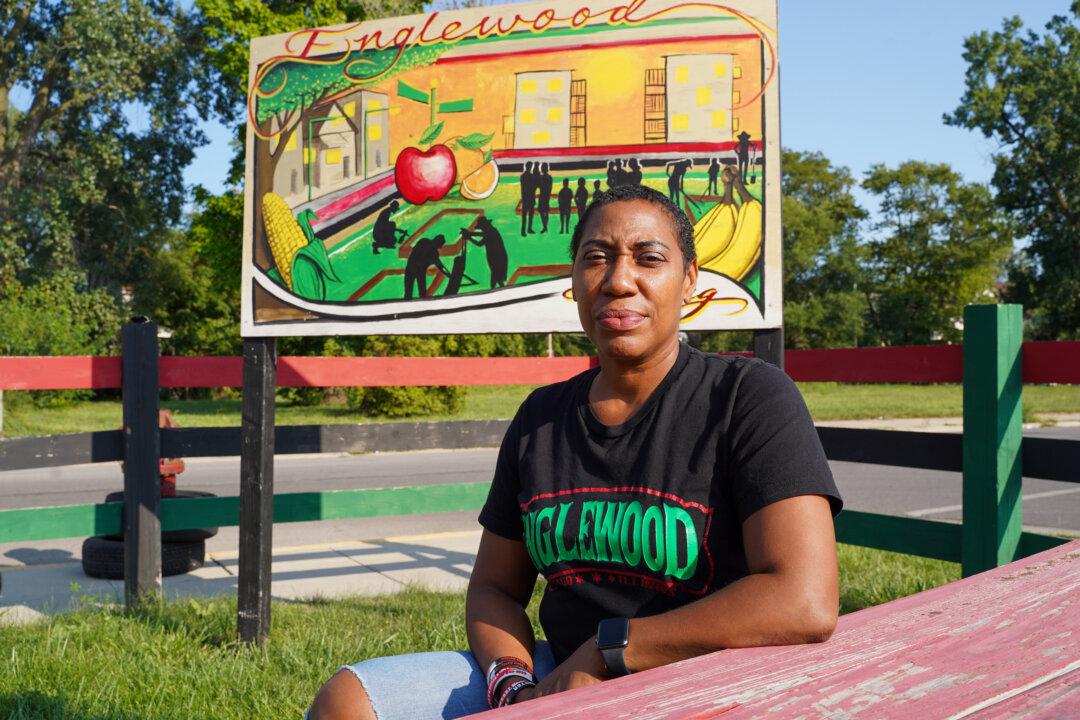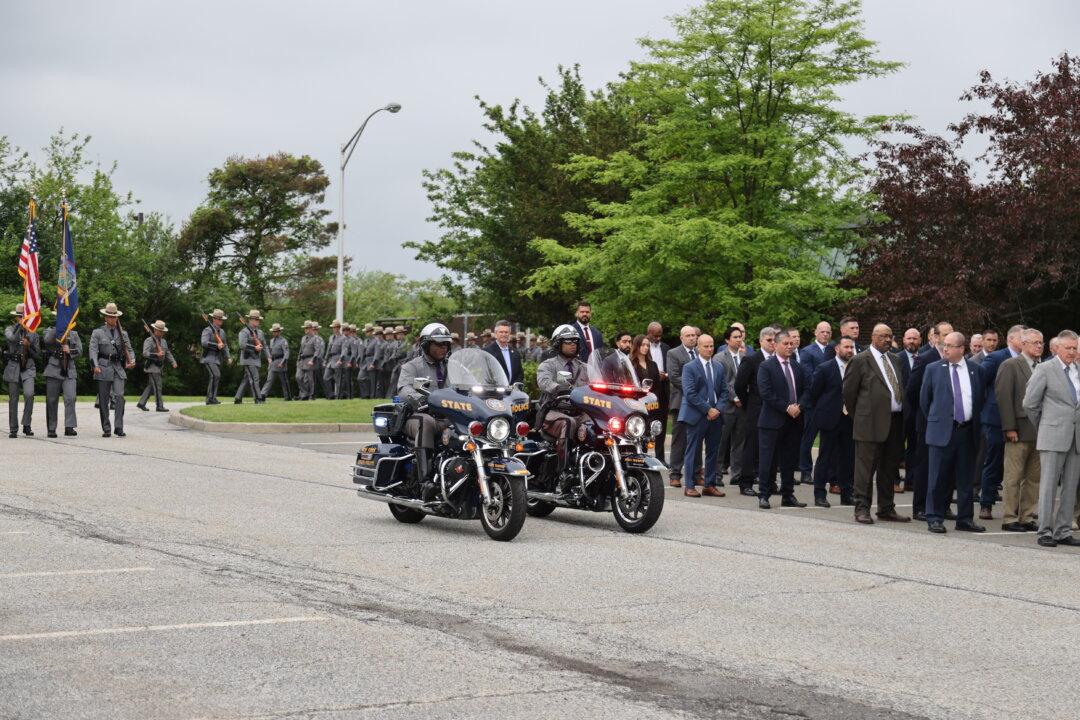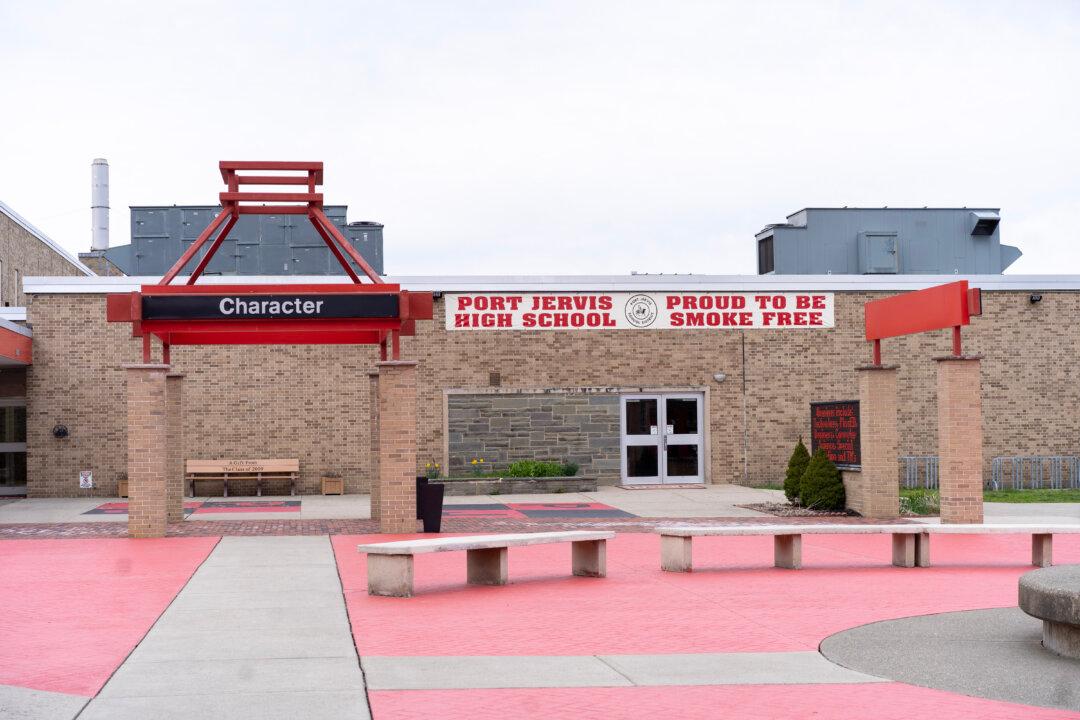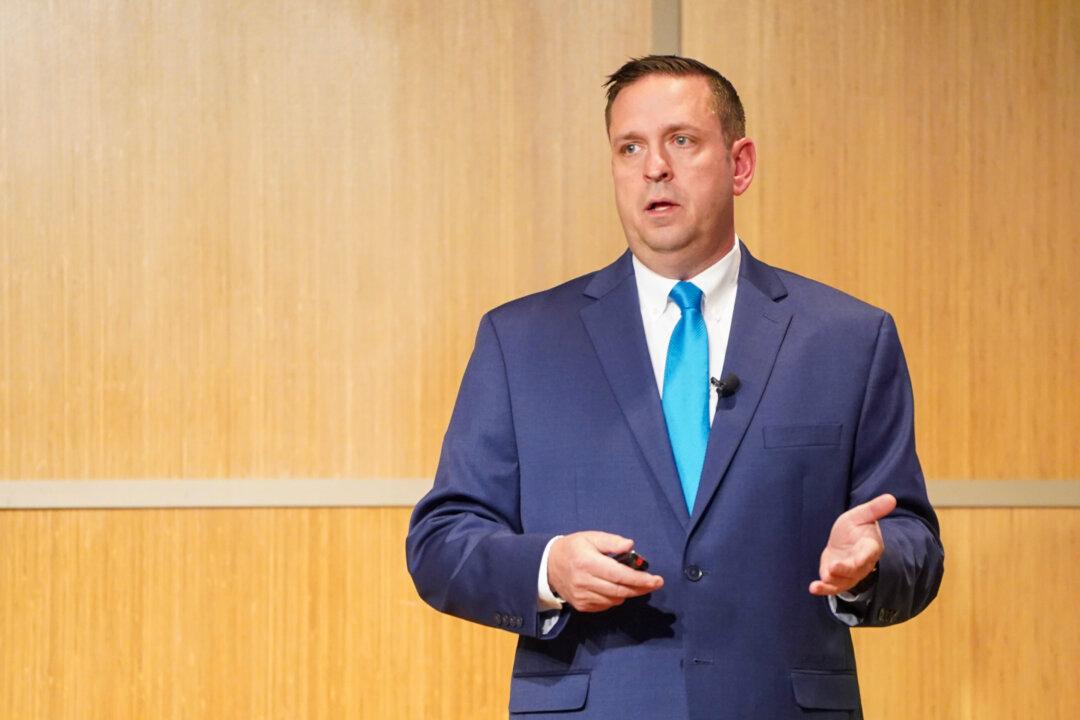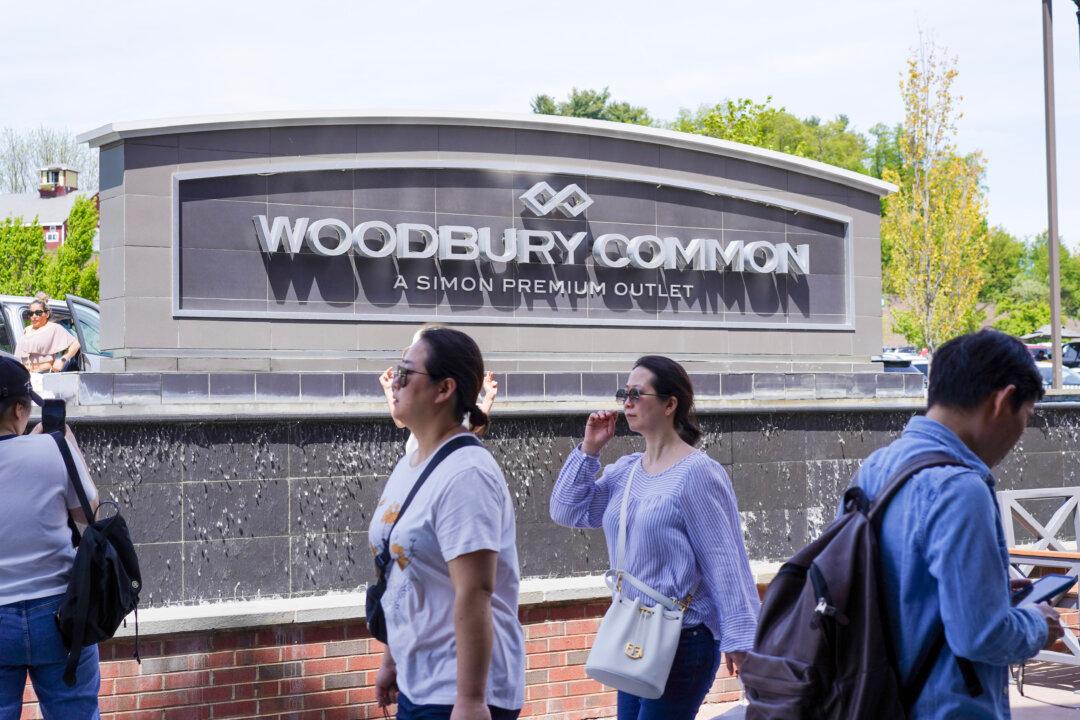CHICAGO—Chicago, once a promised land for millions of blacks fleeing the Jim Crow South, has seen a steady decrease in the black population since 1980.
The prolonged black exodus just reached a milestone. The newly released census data concludes that blacks, with a 10 percent population loss between 2010 and 2020, are no longer the most populous minority group in Chicago; that title, along with the political power that comes with it, goes to the growing Hispanic population.
